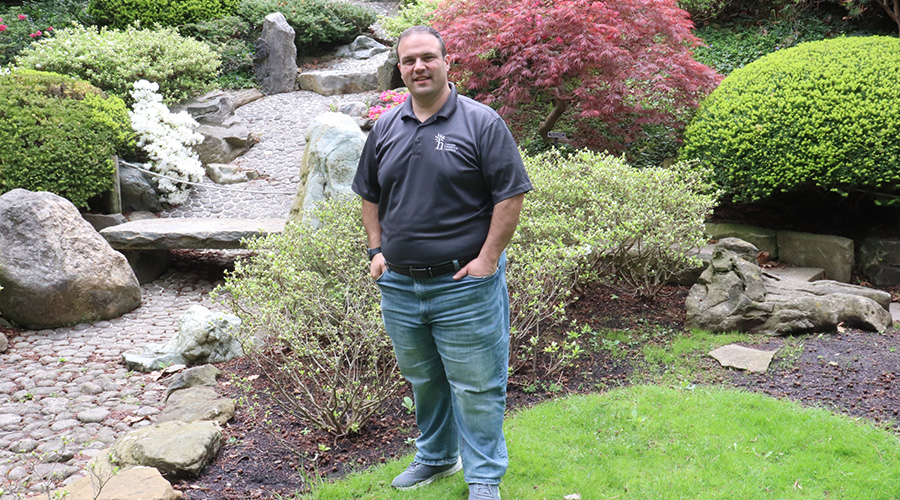Building the Case
Research in the health care arena offers an interesting perspective on the debate about a building’s potential impact on productivity — the topic of this month’s cover story.
A federally funded study found that the risk of nurses making medical errors rose sharply when they work shifts longer than 12 hours. Unless the coffeemaker is counted as part of the facility infrastructure, it might seem tough to argue that facility design will solve the problem of sleep-deprived nurses.
But other research suggests it may be true. In one study, for example, errors fell by nearly a third after medication rooms were expanded, supplies reorganized and acoustics improved.
Of course, those steps don’t solve the underlying problem of overly long shifts. But another study reported that nurse turnover rates dropped by 90 percent in six months at a new birth center that has bed units designed as pods with six private rooms for patients, a control station, a doctor’s dictation room and a workroom for nurses. Since long shifts are a strategy for coping with the nursing shortage, those results suggests that facility design could help reduce shifts.
It isn’t that simple, of course. It will take far more than better facilities to alleviate the shortage of nurses, and that shortage isn’t the only reason for long shifts. What’s more, over time, the best-designed facility can be overwhelmed by other workplace problems. But a growing body of evidence adds weight to the argument that the facility itself offers an opportunity to improve productivity.
Related Topics:











